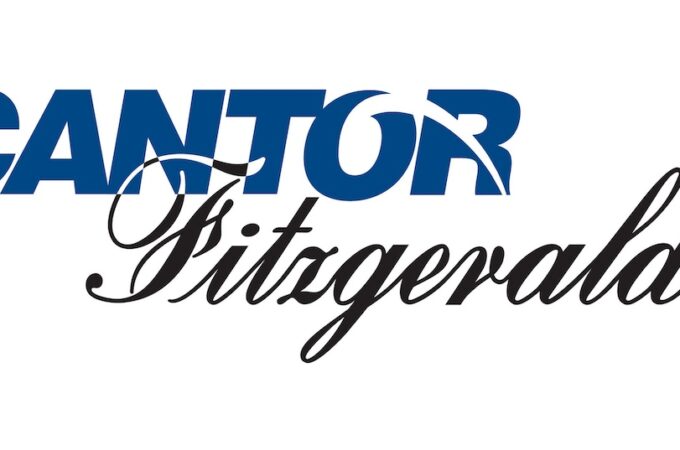
Seed Fundraising — Term Sheet Problems Part 2 — Boardroom Blues
Most term sheets have a section defining a new structure for your company’s Board. While the board can’t influence the day-to-day operations, they govern who does. It’s imperative you understand how the new board will work and most importantly, who has control.
Board Seats
What it is: This is the core structure of your company’s board. The ideal layout at the seed stage is 2 founders and 1 investor (usually the lead investor). However, some term sheets may define the board as 1 investor, 1 founder and 1 independent board member.
How it hurts: If the majority of board seats are not controlled by the founders, then you risk losing control of the company. In the example above of 1 founders, 1 independent and 1 investor, the board can fire you and your co-founders if the relationship breaks down.
Board Voting Rights
What it is: An investor with special voting rights has more weight to their vote than their equity stake. For example, “All board approvals require a yes vote by a majority of the Preferred Stockholders”, would allow your preferred stockholders (investors) to block decisions made by a majority of the board.
How it hurts: Very similar to the issue of board control, if a majority of the voting rights are not with the founders, you can lose control of the company or miss opportunities. A common example of this is investors blocking a favorable acquisition because they prefer you keep pushing for higher returns in the future.
Board Decisions
What it is: This is when the board is required to approve certain types of company decisions including strategic, fundraising, or vendor selection. For example, “All contracts over $10k/year must be approved by the Board”.
How it Hurts: Having to approve low-level decisions with the board can slow your progress significantly. For example, if you’re trying to select a new cloud server provider to cut costs but require the Board’s approval, the process could take months; reducing your options to save money at a critical time.
CEO Board Seat
What it is: In this case, the CEO of the company will always have a board seat, whether or not they’re a founder or have a significant equity stake. For example, “The board shall consist of the current CEO, 1 common stock, 2 preferred stock, and 1 independent appointee”.
How it Hurts: A CEO seat can cause the founders to lose control of the company. In the example above, if the founding CEO resigns or is fired, and the new incoming CEO is not a cofounder; then the founders will have just 1 seat on a board of 5. You can avoid this issue by insisting on 2 common stock appointees, rather than a named seat for the CEO. This ensures you get the ideal 5-person structure of 2 common stock, 2 preferred stock and 1 independent appointee.





